Foraged Flavors: 7 Edible Flowers That Add a Unique Twist to Your Meals
Colorful, fragrant, and unexpected — seasoned home chefs to campfire cooks can put the bloom on dishes with the perfect petal. The edible parts of some flowers infuse culinary creations with new aromatic flavors, from zesty nasturtiums to mildly tangy marigolds.
Just a small amount of these potent botanical ingredients should go a long way, so use sparingly when first experimenting with flowers. And, just as with edible insects, always be sure they’re pesticide- and contaminant-free, safe for consumption and appropriate for the plate, since some flowers are better enjoyed in a vase or left in the wild.
Farmers’ markets, natural food stores, and kitchen gardens are great places to ensure you’re getting the right selections of edible flowers for mealtime. Ahead are seven flowers commonly used in cooking that will get your tastebuds primed for petals.
1. Nasturtiums
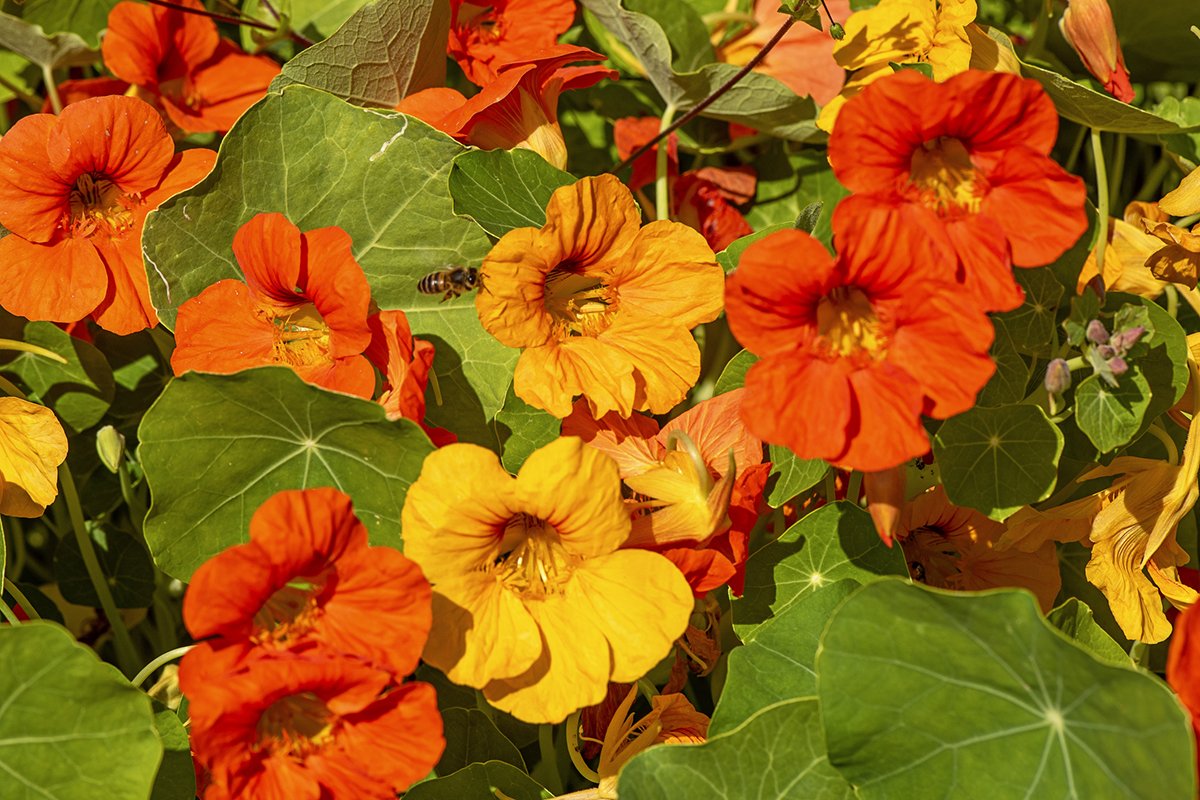
Typically blooming in late spring to early fall, nasturtiums are found in many regions of the country and are especially bright and fragrant. They have a slightly peppery flavor, making them an eye-appealing and delicious garnish for everything from salads to goat-cheese appetizers. The zestfulness of nasturtiums also makes a great pairing with sandwiches and pizza.
2. Calendula
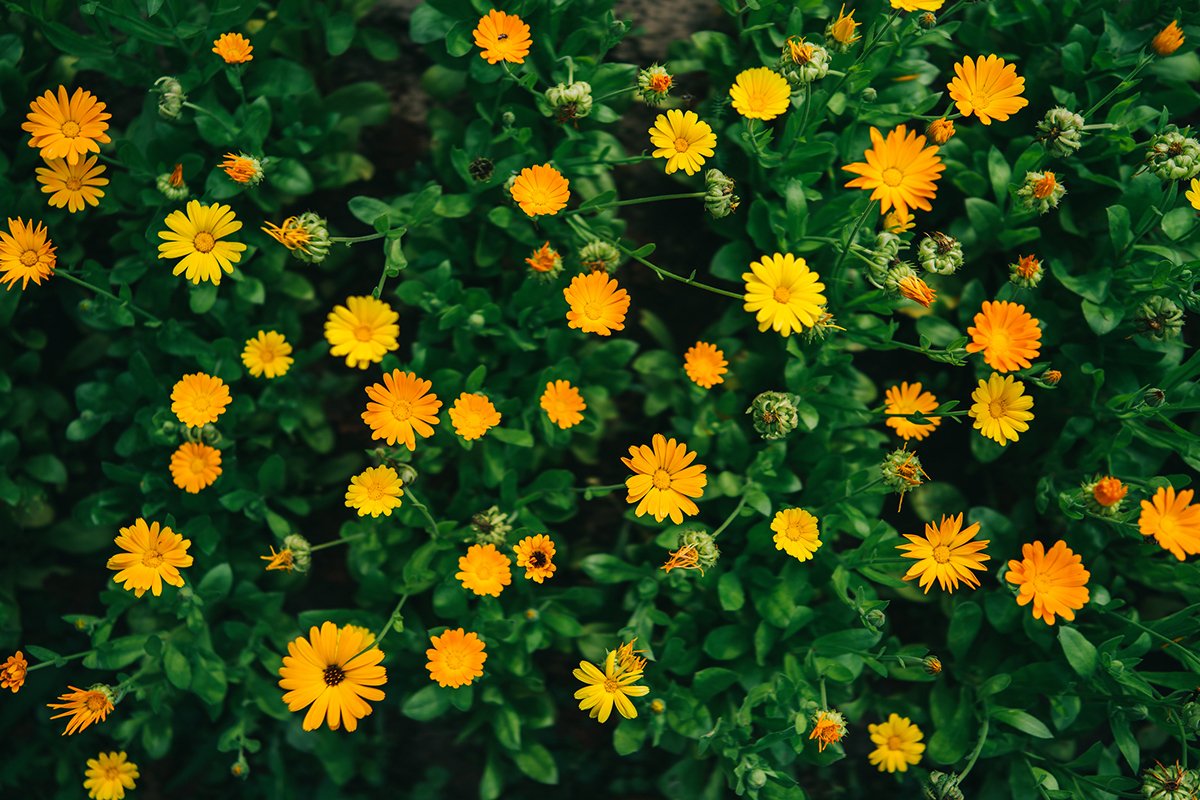
Calendula, or marigold, is the culinary twin to nasturtium because they’re best enjoyed in warmer months. These orange- and gold-petaled flowers, often found in gardens, also offer a peppery kick akin to arugula. Sprinkle some on soups, rice, pasta salads, and other dishes for a bright burst of color and flavor.
3. Lavender
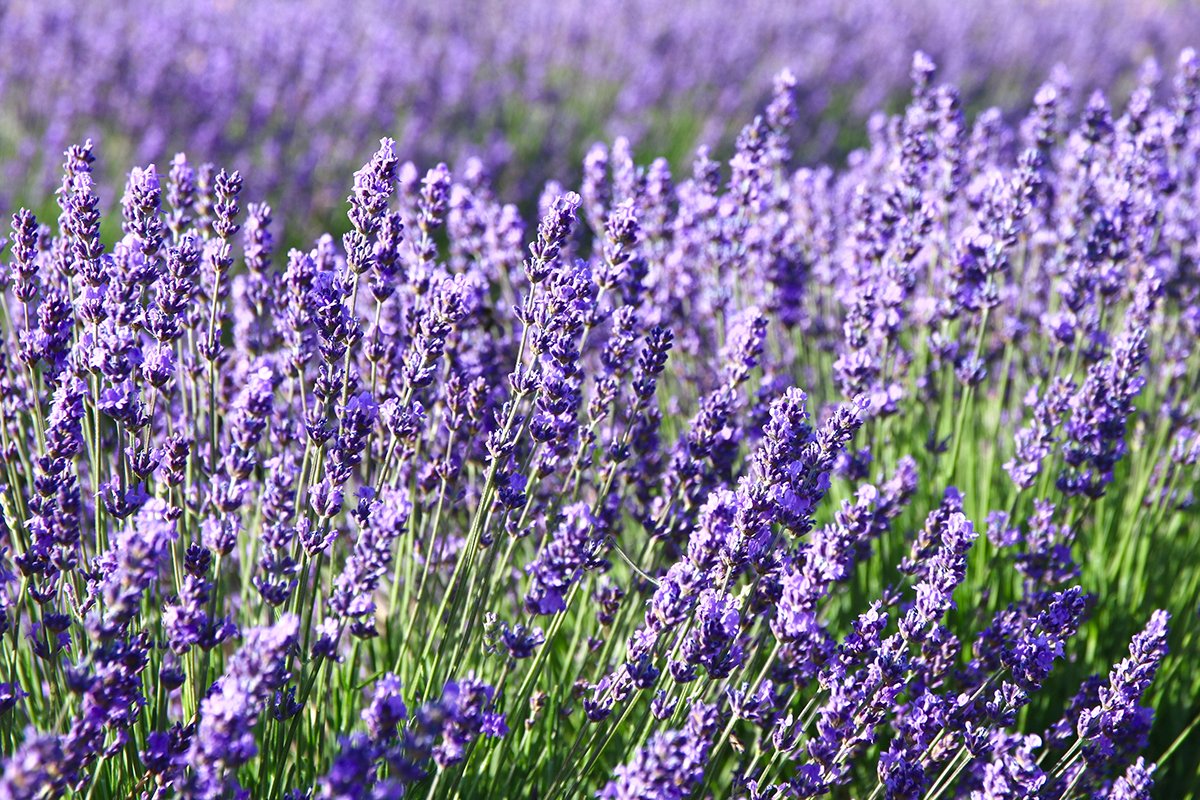
For an aromatic twist that’s naturally sweet, lavender is a great addition when used in very small amounts in baked treats like cookies, cakes, and scones. The floral flavor is also outstanding when infused with honey or added to teas, lemonades, and other drinks. Fans can easily grow the flower in gardens and enjoy it at its best during late spring to early summer.
4. Roses
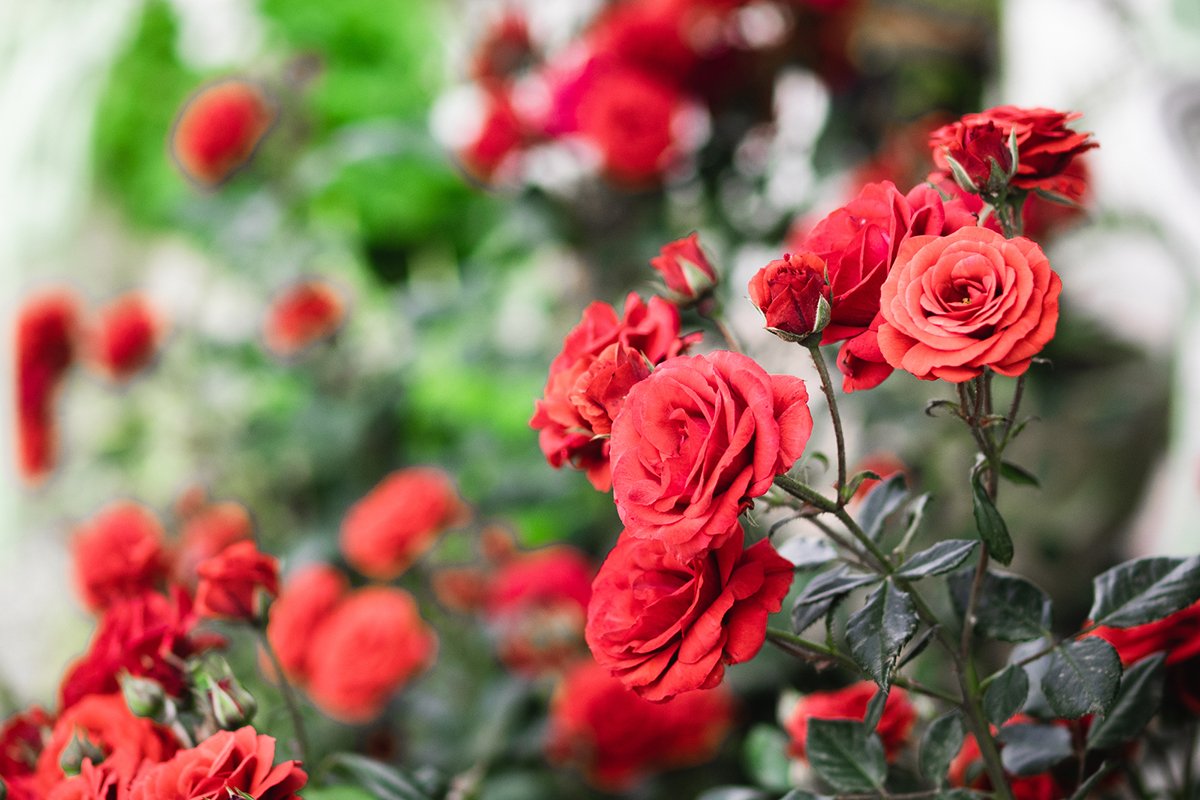
The edible blooms of organically grown roses impart a delicate, sweet flavor to foods. Their perfumed flavor profile also makes a great addition to jams or desserts, such as rosewater-infused ice creams or candied rose petals.
5. Chive Blossoms
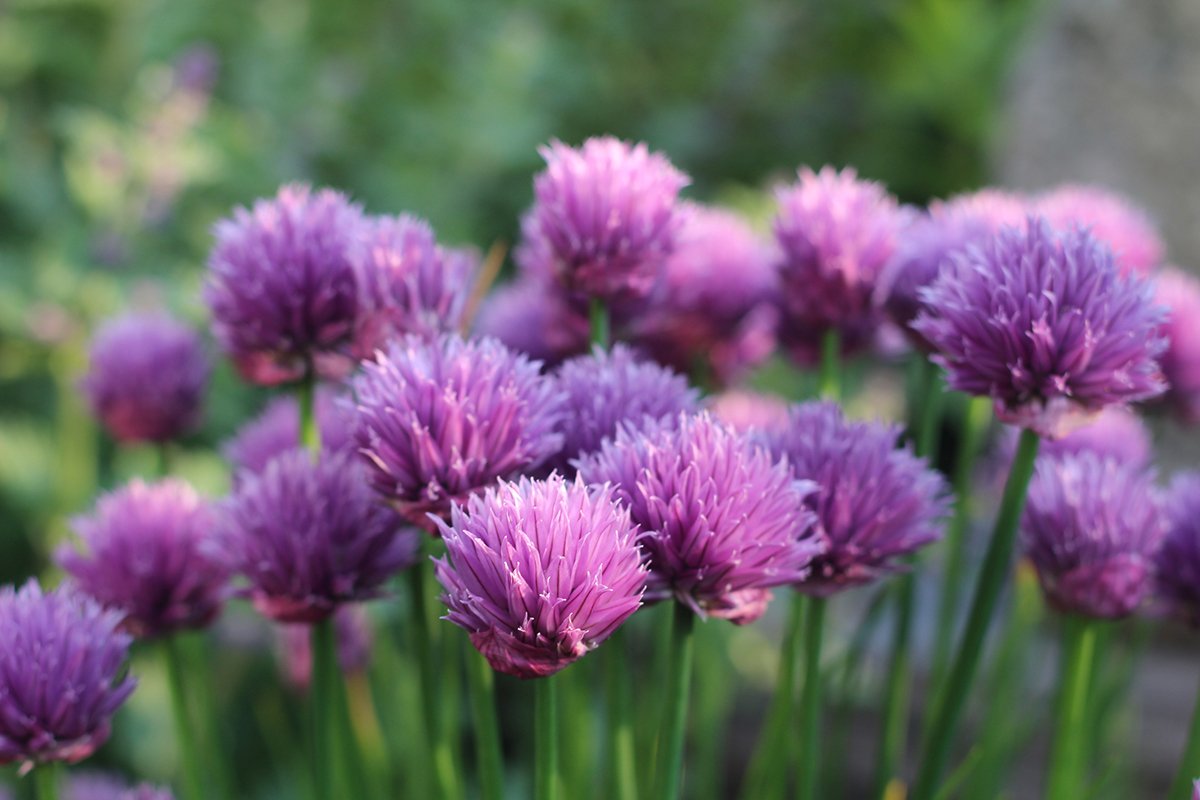
Chives belong to the onion family, so it’s little wonder these perennials’ vibrant purple blossoms, which appear in late spring and early summer, are ideal for jazzing up savory dishes, including soups, omelets, and even french fries. The flower’s flavor is milder than onion-y chives and won’t overpower plates.
6. Dandelions
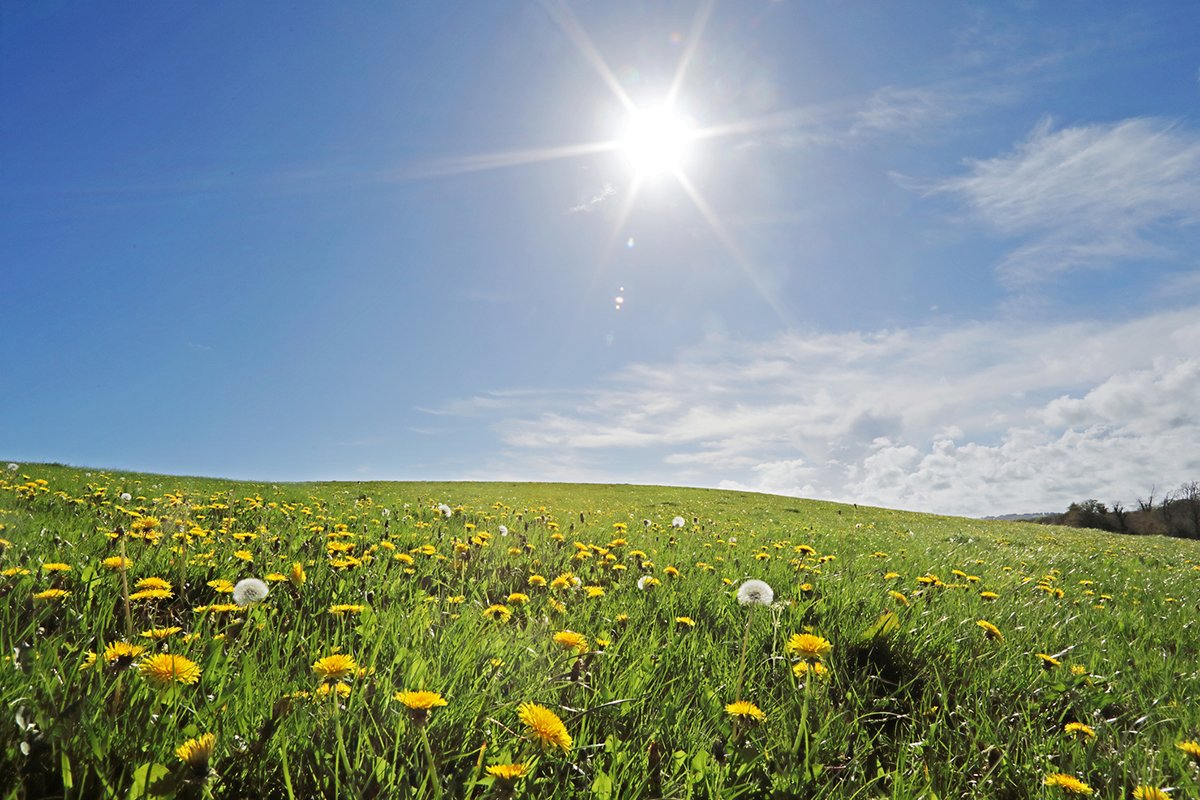
While we think of dandelions as ubiquitous weeds, they’re rich in nutrients and have long been enjoyed as a source of food and even medicine around the world. The humble flowers, believe it or not, are a treasure trove of flavor — subtly sweet with a mild earthiness — and are best harvested young. When balanced properly, dandelion petals add a bit of bitter depth and complexity to dishes. Dried, they can be steeped to create teas with hints of grass and honey.
7. Hibiscus
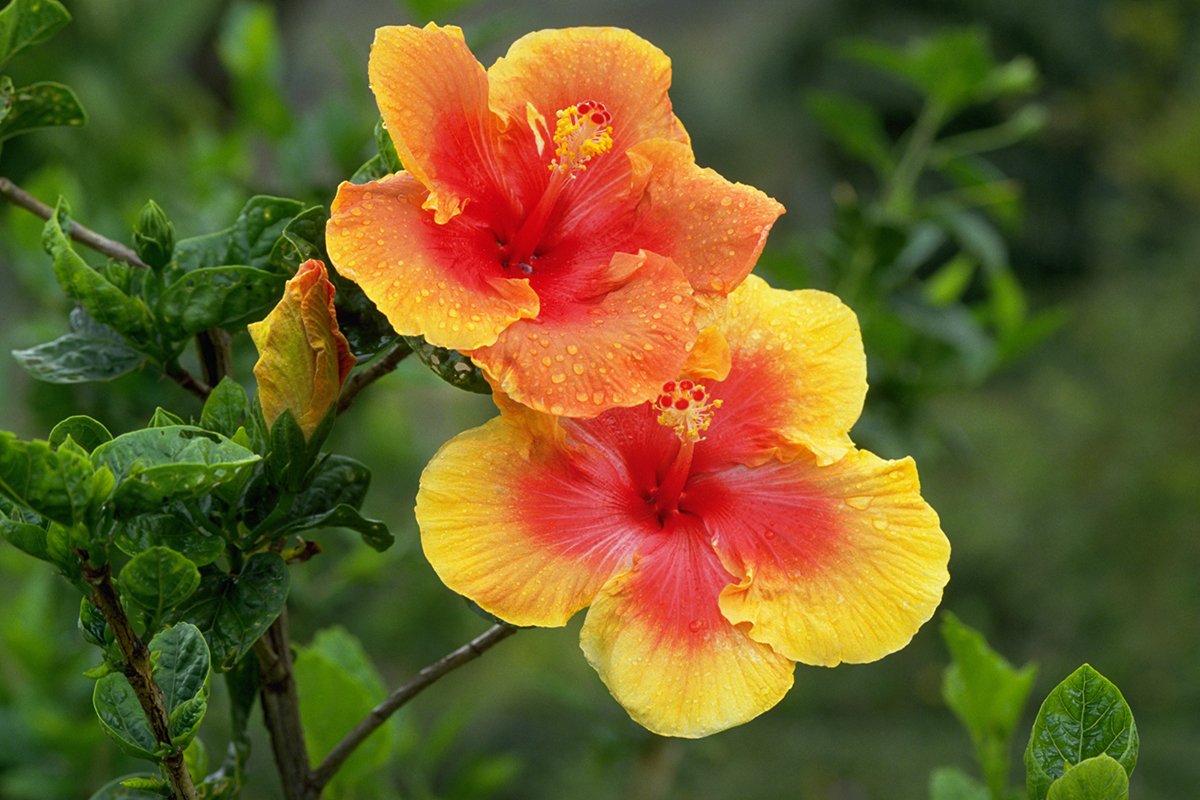
Thirsty for a bright new libation? Ruby-red hibiscus petals are appealing to both the eye and palette when dried and infused into a simple syrup for use in margaritas and other cocktails. The flower imparts a versatile floral, citrusy note that has a slight hint of tartness, and it makes for a great pink-hued addition to non-alcoholic beverages, too, such as hot or iced teas and sparkling sodas.
Source: https://outdoors.com/edible-flowers-that-add-a-unique-twist/





